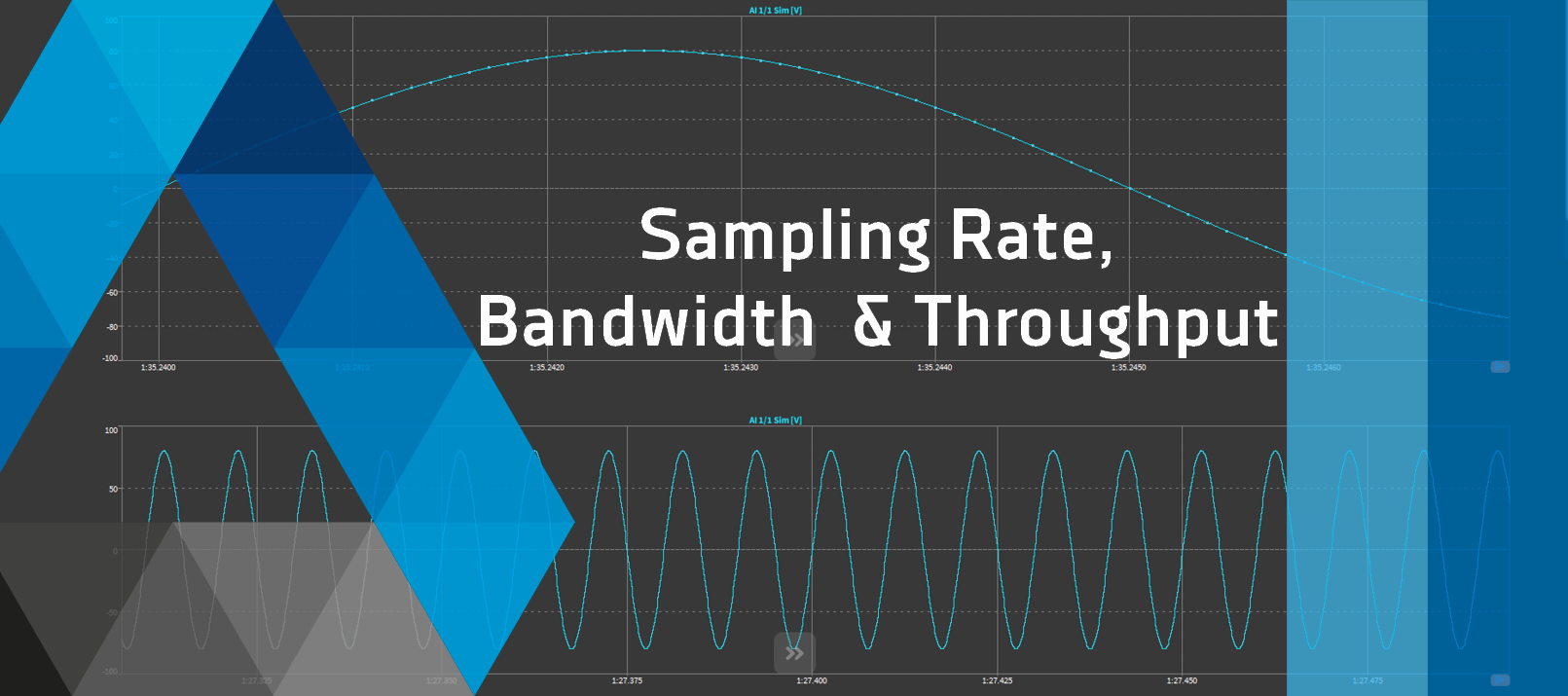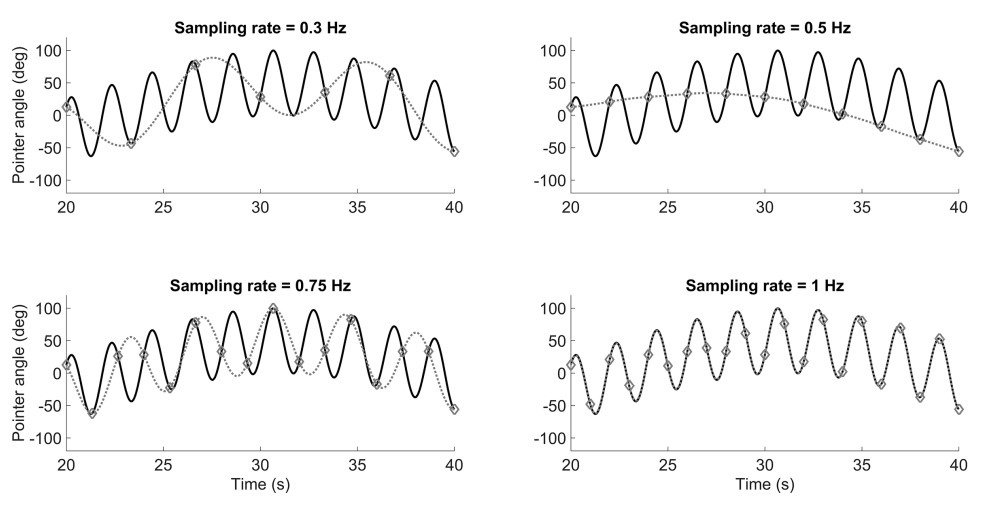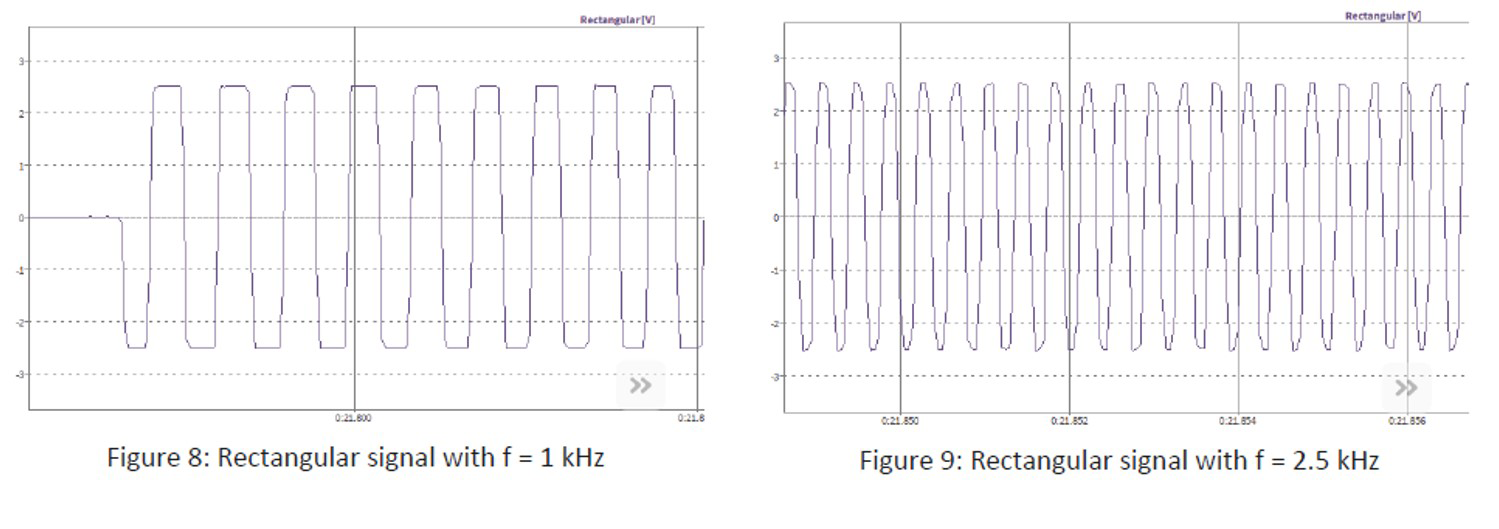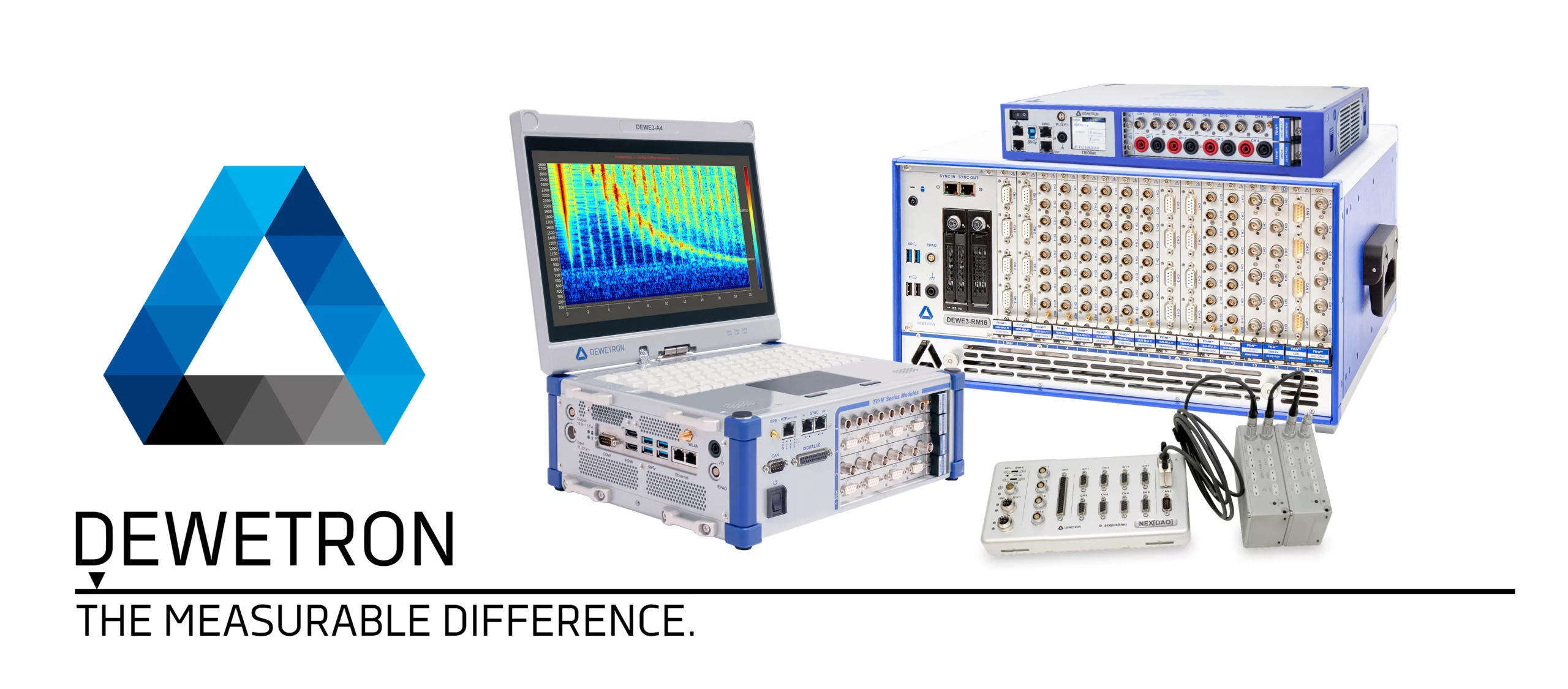What are sampling rate, bandwidth and throughput?

When talking about measurement technology and signal processing, a variety of specifications and parameters are important to understand to find the right setup for your application. Therefore, in today’s blog post we have a closer look at the following:
What is the sampling rate?
One parameter that is crucial to know is the sampling rate – also known as sample rate or sampling frequency. It is the average number of samples of a waveform obtained per second. The unit is samples per second or sometimes also hertz [Hz].
The sampling rate is used in the field of signal processing, where sampling is the process of reducing a continuous-time signal to a discrete-time signal. The resulting sample is a specific value of the signal at a distinct point in time and/or space. To find the right sample rate, it must fulfill the Nyquist theorem which relates continuous-time signals and discrete-time signals.
The Nyquist theorem – choosing the right sample rate
Theorem: “If a function f(t) contains no frequencies higher than B hertz, then it can be completely determined from its ordinates at a sequence of points spaced less than 1/(2B) seconds apart.” [Shannon, Claude E. (1949, January)]
The Nyquist theorem is part of the fundamentals of signal conditioning. On one hand, it allows the construction of a discrete-time signal out of a continuous-time signal, plus on the other hand it enables the reconstruction of the original signal.
However, for this to be possible, the sample rate must be chosen at least as high as the Nyquist rate. The Nyquist rate is equal to twice the highest frequency of the original signal. Although in general the sample rate is chosen 10 times as high to guarantee a sufficient signal quality.
Here is a quick example:
The following graph shows several sinusoidal signals. The black solid line describes the original signal with a frequency of ~0.48 Hz. The highlighted markers represent the sampling points depending on the selected sampling rate. The grey dotted line shows the signal reconstructed using the sampling rate. The Nyquist rate for this example is 0.96 Hz (2 * 0.48 Hz). It shows that for all cases with a sampling rate <0.96 Hz, the original signal cannot be reconstructed; only with a sampling rate of 1 Hz it is recoverable.

Illustration of the Nyquist–Shannon sampling theorem by Eisma et. al. (2020). The black line shows the original signal. The gray dotted line represents the signal that is reconstructed from the sampling rate. The sample points are represented by the markers.
Undersampling & oversampling
Undersampling (or bandpass sampling) is the process of sampling a bandpass-filtered signal at a sampling rate lower than its Nyquist rate, but where it is still reconstructable.
Oversampling is a technique of sampling a signal at a sampling rate higher than its Nyquist rate. This enables an improved resolution and a better SNR (signal-to-noise ratio). For one additional bit of resolution the signal must be oversampled four times.
Nota bene: The terms oversampling and undersampling are also used in the field of statistical data analysis but have different meanings. Caution: there is a risk of confusion here.
What is the bandwidth?
A further key parameter in signal processing is the bandwidth. It defines the width of the interval in a frequency spectrum with a lower and upper frequency limit. It is typically measured in hertz. Bandwidth is a fundamental concept in various areas such as communications engineering, radio engineering, acoustics, etc. Therefore, also the correct definition of the term may vary depending on the area of application.
Broadly speaking, we differentiate between passband bandwidth and baseband bandwidth. Passband bandwidth is the difference between the upper and lower cutoff frequencies, whereas baseband bandwidth is simply the upper cutoff frequency. For completeness, however, it should be mentioned that there are other distinctions related to bandwidth, such as relative bandwidth, x-dB bandwidth and more. In the context of the Nyquist sampling rate, the term bandwidth usually refers to baseband bandwidth.
The bandwidth must be chosen in the right manner just as the sample rate as it limits the frequency spectrum. We are going to explain this with a short example:
 A rectangular signal sweep is generated from 1 kHz to 30 kHz and sampled with a sample rate of 20 kHz. If the sample rate stays the same (20 kHz), the signal can be reconstructed with a maximum frequency of up to 2 kHz. The left figure illustrates the signal, whereas the rectangular signal can clearly be reconstructed as the beginning frequency is 1 kHz. Already at a frequency of 2.5 kHz, seen in the right figure, the rectangular signal is smoothed and looks more like a sine wave. This process keeps on going until the signal cannot be reconstructed anymore.
A rectangular signal sweep is generated from 1 kHz to 30 kHz and sampled with a sample rate of 20 kHz. If the sample rate stays the same (20 kHz), the signal can be reconstructed with a maximum frequency of up to 2 kHz. The left figure illustrates the signal, whereas the rectangular signal can clearly be reconstructed as the beginning frequency is 1 kHz. Already at a frequency of 2.5 kHz, seen in the right figure, the rectangular signal is smoothed and looks more like a sine wave. This process keeps on going until the signal cannot be reconstructed anymore.
What are throughput & goodput?
Besides sampling rate and bandwidth, data goodput and throughput are important parameters. They indicate the amount of data per time that can be transmitted via a wired or wireless medium. Therefore, they are a good measure of the overall performance of your system. The two parameters are usually measured in bits per second.
But what is the difference between goodput and throughput? The two parameters are similar but not identical. Data throughput refers to the total amount of data transferring per time unit – hence, also called gross throughput. Whereas data goodput only refers to the transfer of useful data (payload) per unit time. This means goodput excludes data like headers, footers, correction data, control data, and others that are necessary to control the transmission. Therefore, goodput is also referred to as net throughput.
Whenever high sample rates are required to transfer all the data to the mainboard and hard drive, those two parameters are crucial factors. Especially for large measurement systems including multiple devices, you should pay attention to the data throughput.
Note: Instead of the abovementioned terms, the term “data rate” is also conventionally used. Albeit, technically speaking, this is inaccurate, as “data rate” is a hypernym and may refer to several concepts in data transmission. However, since the term “goodput” is not very common colloquially, we at DEWETRON also use the term “data rate” or “gapless storage rate” instead of goodput.
DEWETRON’s measurement solutions
DEWETRON is a manufacturer of high-quality and modular measurement equipment. Our measurement systems are used in a wide range of measurement applications, including aerospace, automotive, energy, and manufacturing. We offer a variety of different products tailored to your needs. Starting with all-in-one systems, through mainframes to front-ends and single measurement cards. Have a look at our products and find the perfect device for you:
| all-in-one systems | mainframes | front-ends | measurement cards |
And as any measuring device is only as good as the software that runs on it, we also provide you with OXYGEN– our intuitive test and measurement software. It offers a variety of different software packages, analysis tools as well as monitoring options, and assists with the entire measurement process.

Summarized
When selecting the perfect measurement setup for your application, you have to deal with a number of characteristic parameters. Three key parameters are:
- the sampling rate – average number of samples of a waveform obtained per second
- the bandwidth – interval width in a frequency spectrum
- the data rate – amount of transmitted data per time





